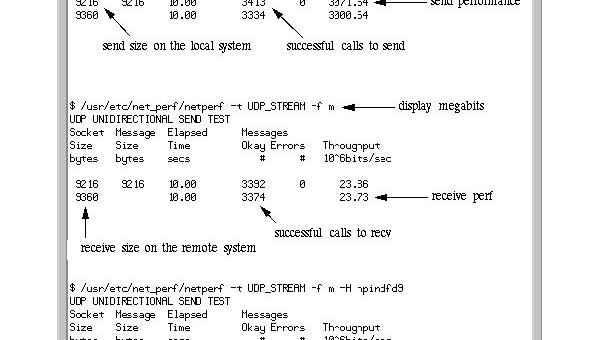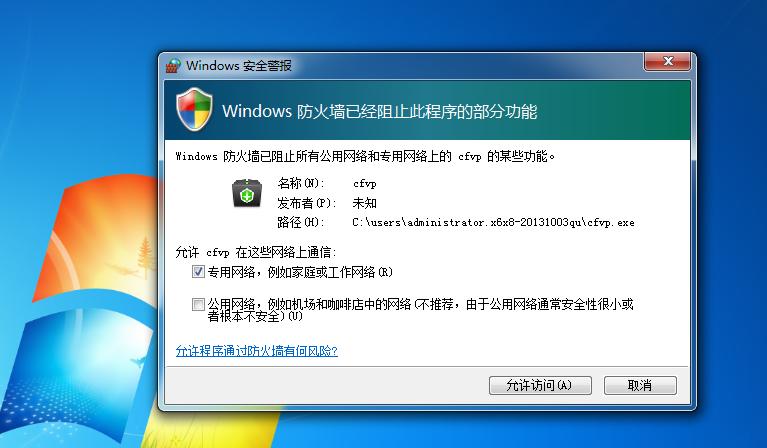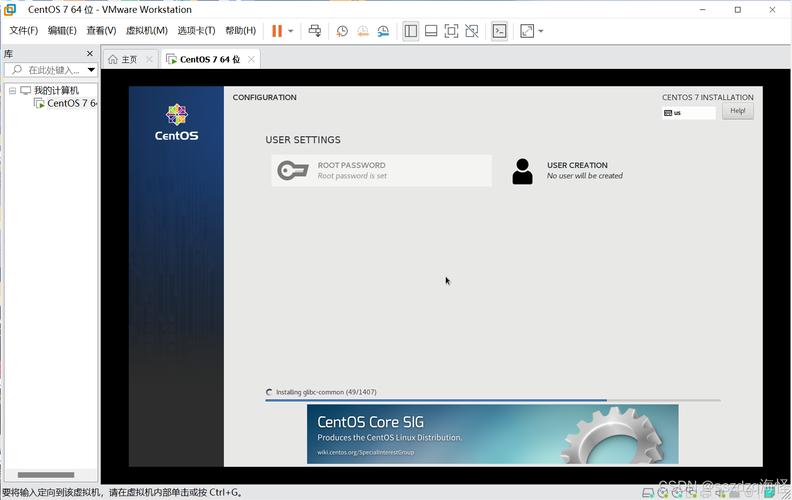go语言中list如何删除元素
这篇文章主要介绍“go语言中list如何删除元素”,在日常操作中,相信很多人在go语言中list如何删除元素问题上存在疑惑,小编查阅了各式资料,整理出简单好用的操作方法,希望对大家解答”go语言中list如何删除元素”的疑惑有所帮助!接下来,请跟着小编一起来学习吧!
在go语言中,可以使用remove()函数来删除list元素,语法“list对象.Remove(element)”,参数element表示要删除列表元素。element元素不能为空,如果不为空则返回被删除的元素的值,如果为空则会报异常。
go提供了一个list包,类似python的list,可以存储任意类型的数据,并提供了相应的API,如下:
type Element func (e *Element) Next() *Element func (e *Element) Prev() *Elementtype List func New() *List func (l *List) Back() *Element func (l *List) Front() *Element func (l *List) Init() *List func (l *List) InsertAfter(v interface{}, mark *Element) *Element func (l *List) InsertBefore(v interface{}, mark *Element) *Element func (l *List) Len() int func (l *List) MoveAfter(e, mark *Element) func (l *List) MoveBefore(e, mark *Element) func (l *List) MoveToBack(e *Element) func (l *List) MoveToFront(e *Element) func (l *List) PushBack(v interface{}) *Element func (l *List) PushBackList(other *List) func (l *List) PushFront(v interface{}) *Element func (l *List) PushFrontList(other *List) func (l *List) Remove(e *Element) interface{}
其中,remove()函数用于列表list删除元素,删除的元素不能为空,如果为空,会报异常。
Remove(e *Element) interface{}
| 参数 | 描述 |
|---|---|
| e | 要删除列表元素。 |
返回值
返回被删除的元素的值。
列表删除元素的示例
示例1:
package mainimport ("container/list""fmt")func main() {//使用 Remove 在列表中删除元素listHaiCoder := list.New()listHaiCoder.PushFront("Hello")listHaiCoder.PushFront("HaiCoder")element := listHaiCoder.PushFront("Hello")removeEle := listHaiCoder.Remove(element)fmt.Println("RemoveElement =", removeEle)for i := listHaiCoder.Front(); i != nil; i = i.Next() {fmt.Println("Element =", i.Value)}}
分析:
我们通过 list.New 创建了一个列表 listHaiCoder,接着使用 PushFront 函数在列表中插入三个元素,接着使用 Remove 函数删除了最后插入的元素。
最后,我们打印被删除的元素和删除后的列表,Remove 函数返回的是被删除的元素的值,同时,我们发现最后插入的元素已经被成功从列表删除了。
示例2:删除空元素
package mainimport ("container/list""fmt")func main() {//使用 Remove 在列表中删除空元素,报错listHaiCoder := list.New()listHaiCoder.PushFront("Hello")listHaiCoder.PushFront("HaiCoder")listHaiCoder.Remove(nil)}
程序运行后,控制台输出如下:
扩展知识:list删除所有元素
借助list包提供的API,list用起来确实挺方便,但是在使用过程中,如果不注意就会遇到一些难以发现的坑,导致程序结果不是预想的那样。这里要说的坑是通过for循环遍历list,并删除所有元素时会遇到的问题。例如,下面这个示例程序创建了一个list,并依次将0-3存入,然后通过for循环遍历list删除所有元素:
package mainimport ( "container/list" "fmt")func main() { l := list.New() l.PushBack(0) l.PushBack(1) l.PushBack(2) l.PushBack(3) fmt.Println("original list:") prtList(l) fmt.Println("deleted list:") for e := l.Front(); e != nil; e = e.Next() { l.Remove(e) } prtList(l)}func prtList(l *list.List) { for e := l.Front(); e != nil; e = e.Next() { fmt.Printf("%v ", e.Value) } fmt.Printf("n")}
运行程序输出如下:
original list:0 1 2 3deleted list:1 2 3
从输出可以知道,list中的元素并没有被完全删除,仅删除了第一个元素0,和最初设想不一样,按照go的使用习惯,遍历一个list并删除所有元素写法应该如下:
for e := l.Front(); e != nil; e = e.Next() { l.Remove(e)}
但是根据上面示例代码的输出,这样删除list所有元素是无效的,那么问题出在哪呢?由for循环的机制可以知道,既然删除了第一个元素,没有删除第二个元素,肯定是第二次循环的条件无效,才导致循环退出,即执行完下面语句后:
l.Remove(e)
e应该为nil,所以循环退出。在for循环中的l.Remove(e)语句前添加打印语句验证,例如添加如下语句:
fmt.Println("delete a element from list")
运行程序输出如下:
original list:0 1 2 3deleted list:delete a element from list1 2 3
可以看到,确实只循环了一次,循环就结束了。即当执行完语句l.Remove(e)后,e等于e.Next(),因为e.Next()为nil,导致e为nil,循环退出。为什么e.Next()会是nil呢?通过查看go list源码,如下所示:
// remove removes e from its list, decrements l.len, and returns e.func (l *List) remove(e *Element) *Element { e.prev.next = e.next e.next.prev = e.prev e.next = nil // avoid memory leaks e.prev = nil // avoid memory leaks e.list = nil l.len-- return e}// Remove removes e from l if e is an element of list l.// It returns the element value e.Value.func (l *List) Remove(e *Element) interface{} { if e.list == l { // if e.list == l, l must have been initialized when e was inserted // in l or l == nil (e is a zero Element) and l.remove will crash l.remove(e) } return e.Value}
由源码中可以看到,当执行l.Remove(e)时,会在内部调用l.remove(e)方法删除元素e,为了避免内存泄漏,会将e.next和e.prev赋值为nil,这就是问题根源。
修正程序如下:
package mainimport ( "container/list" "fmt")func main() { l := list.New() l.PushBack(0) l.PushBack(1) l.PushBack(2) l.PushBack(3) fmt.Println("original list:") prtList(l) fmt.Println("deleted list:") var next *list.Element for e := l.Front(); e != nil; e = next { next = e.Next() l.Remove(e) } prtList(l)}func prtList(l *list.List) { for e := l.Front(); e != nil; e = e.Next() { fmt.Printf("%v ", e.Value) } fmt.Printf("n")}
运行程序输出如下:
original list:0 1 2 3deleted list:
可以看见,list中的所有元素已经被正确删除。
到此,关于“go语言中list如何删除元素”的学习就结束了,希望能够解决大家的疑惑。理论与实践的搭配能更好的帮助大家学习,快去试试吧!若想继续学习更多相关知识,请继续关注恰卡编程网网站,小编会继续努力为大家带来更多实用的文章!






